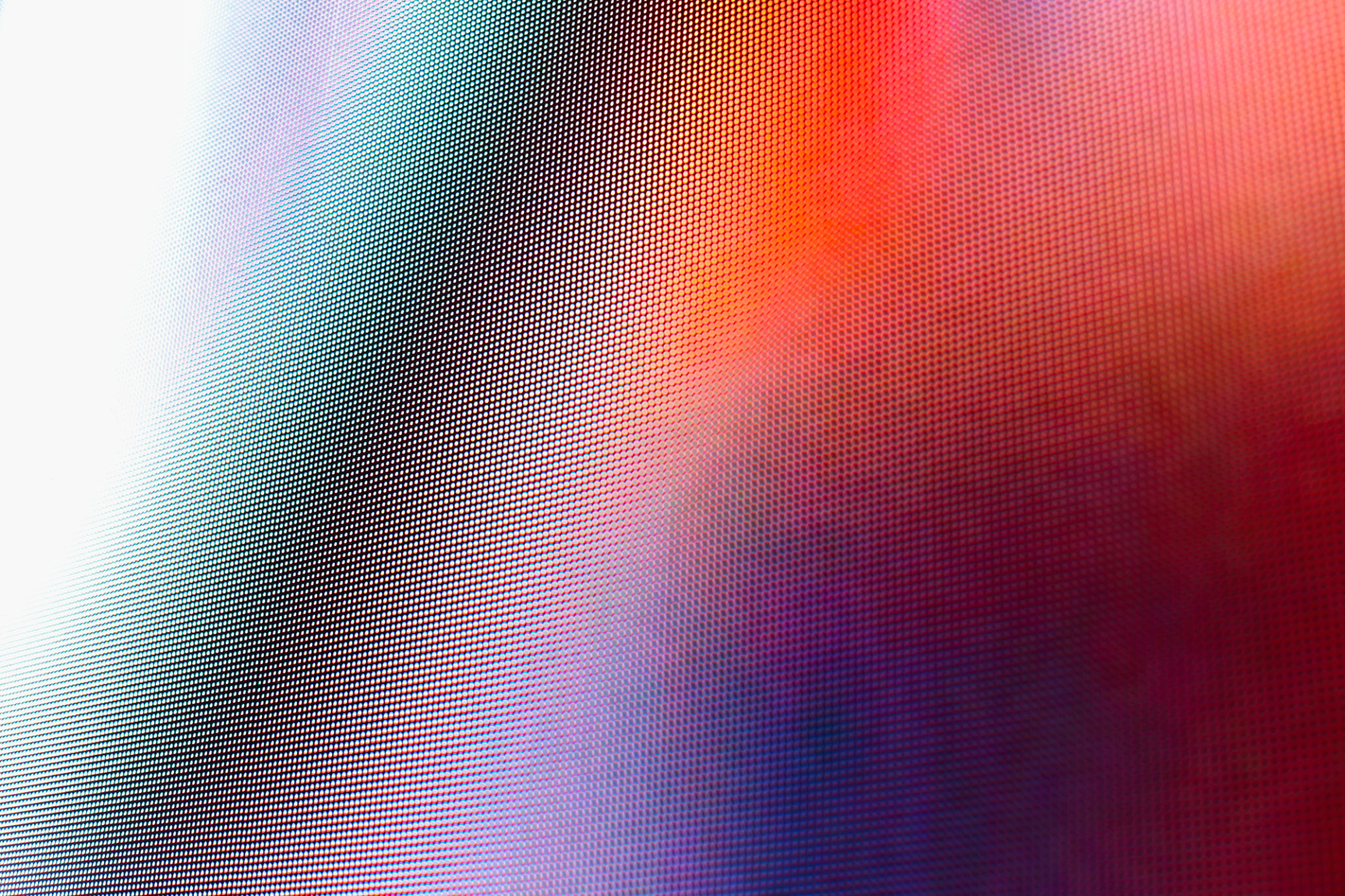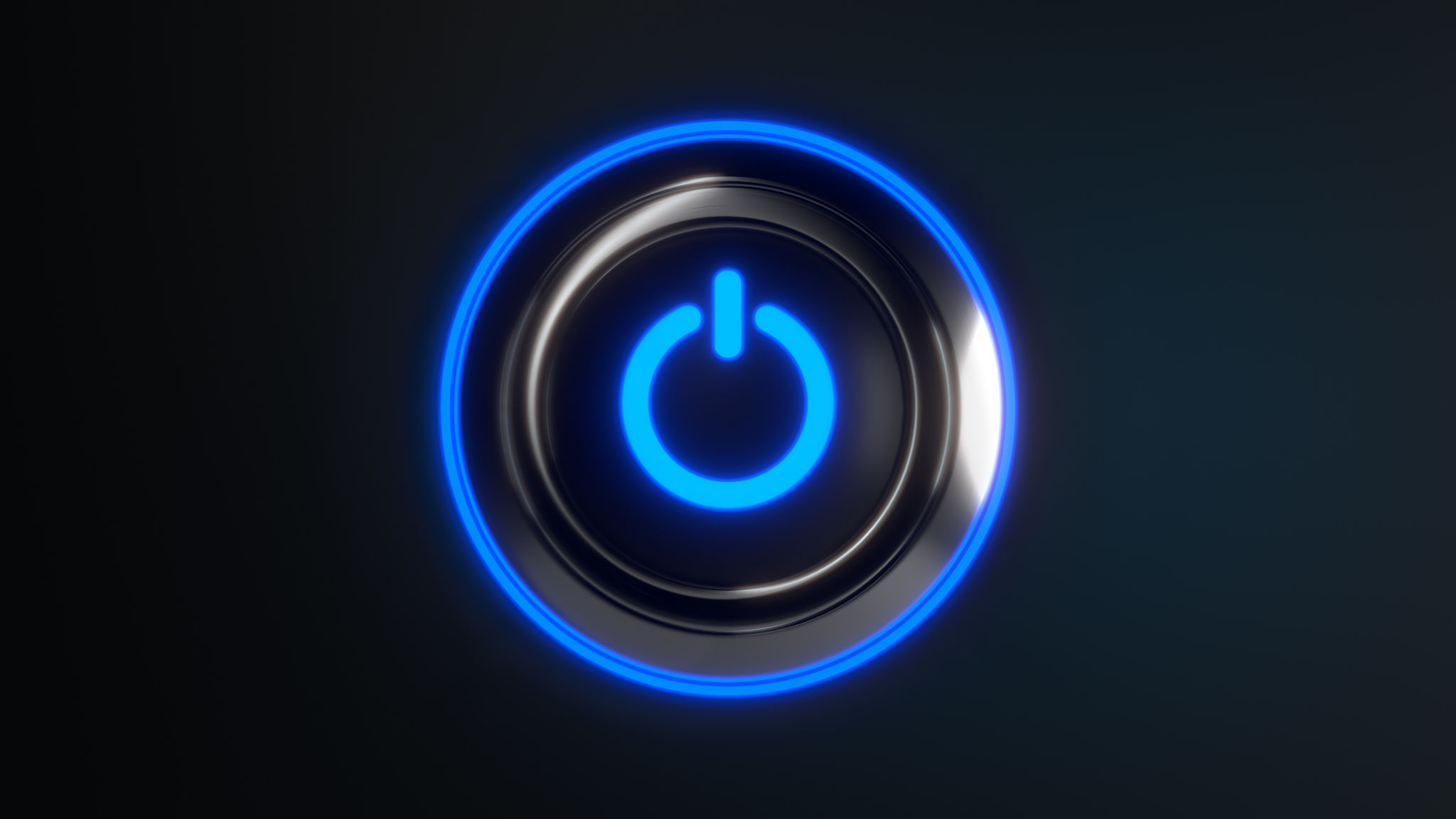Debunking Common Myths About LED Lighting
Understanding LED Lighting
LED lighting has become increasingly popular in recent years due to its energy efficiency and long lifespan. However, despite its growing adoption, there are still several myths and misconceptions surrounding LED technology. In this post, we aim to debunk some of the most common myths about LED lighting to help you make informed decisions.

Myth 1: LEDs Are Too Expensive
One of the most persistent myths about LED lighting is that it is too expensive compared to traditional lighting options. While it's true that the initial cost of LED bulbs can be higher, they offer significant savings in the long run. LEDs consume up to 80% less energy than incandescent bulbs and can last up to 25 times longer, leading to reduced electricity bills and fewer replacements.
Moreover, prices for LED bulbs have dropped significantly over the past decade as technology has advanced and production has increased. Today, the cost-effectiveness of LEDs makes them a smart investment for both homes and businesses.
Myth 2: LEDs Aren't Bright Enough
Another common misconception is that LED lights are not as bright as their incandescent or fluorescent counterparts. In reality, LED bulbs are available in a wide range of brightness levels, measured in lumens. When selecting an LED bulb, it's important to look at the lumens rather than the wattage, as LEDs produce more light with less energy.

Advancements in LED technology have led to options that can illuminate spaces just as well, if not better, than traditional lighting solutions. Whether you need soft lighting for a cozy ambiance or bright lights for a workspace, LEDs can meet your needs.
Myth 3: LEDs Produce Unpleasant Light
Many people believe that LEDs emit harsh or cold light that is unflattering or uncomfortable. However, modern LED lights are available in a variety of color temperatures, ranging from warm yellows to cool blues. This allows consumers to choose lighting that suits their preferences and the atmosphere they wish to create.
Additionally, LED technology has improved significantly, offering high-quality light with excellent color rendering capabilities. This means that colors appear more natural and vibrant under LED lighting.

Myth 4: LEDs Are Not Environmentally Friendly
Some individuals express concerns that LED lights are not environmentally friendly due to their manufacturing processes or materials used. However, LEDs are actually one of the most eco-friendly lighting options available. They consume less energy, reducing greenhouse gas emissions from power plants.
- Long lifespan: Fewer replacements mean less waste.
- No hazardous materials: Unlike CFLs, LEDs do not contain mercury.
- Recyclable components: Many parts of an LED bulb can be recycled.
Myth 5: LEDs Take Time to Turn On
Some people mistakenly believe that LED lights take time to reach full brightness after being switched on. This myth likely stems from experiences with older types of energy-saving bulbs, such as compact fluorescent lamps (CFLs), which did take time to warm up.
In contrast, LEDs turn on instantly and provide full brightness without delay, making them ideal for areas where immediate illumination is needed, like stairways or bathrooms.
Conclusion
The myths surrounding LED lighting can often deter people from making the switch. However, understanding the truth about LEDs reveals their numerous benefits – from energy efficiency and cost savings to environmental friendliness and versatility in lighting options. By debunking these common misconceptions, we hope more individuals will feel confident in choosing LED lighting for their homes and businesses.
